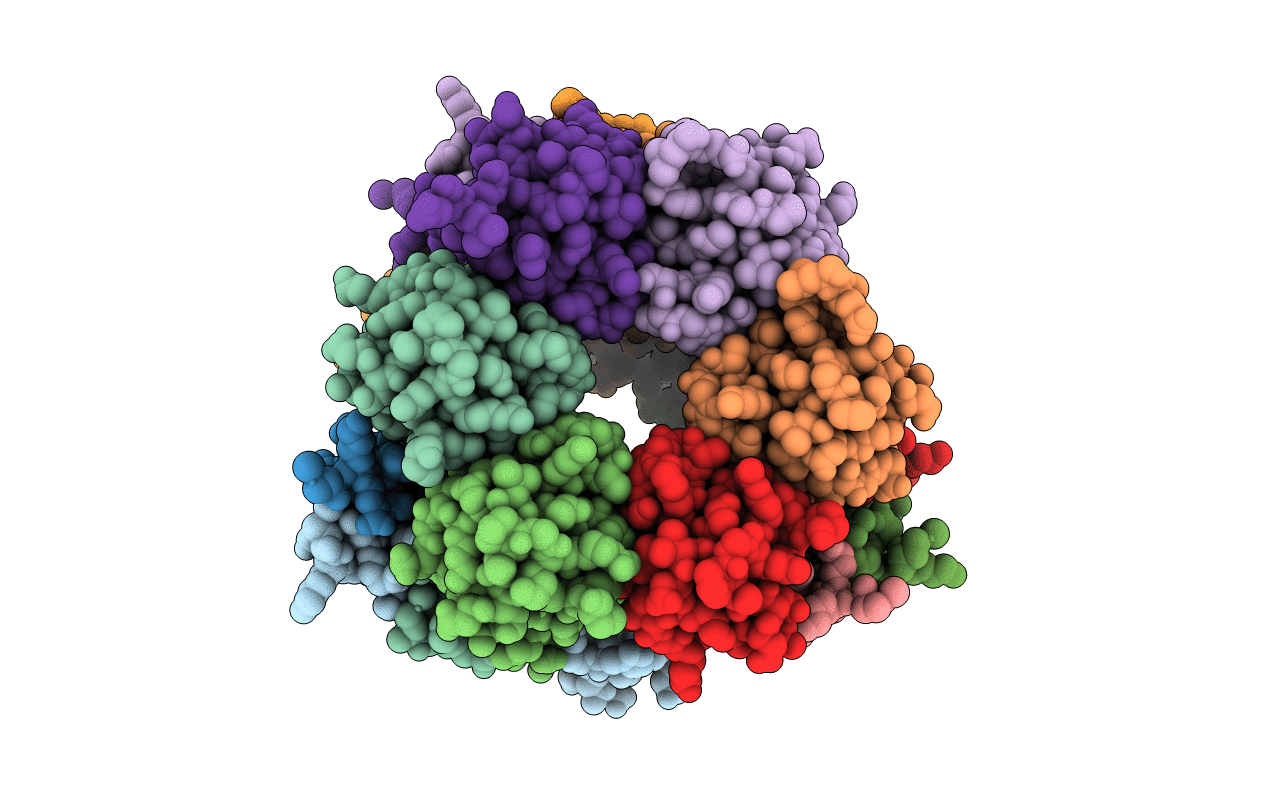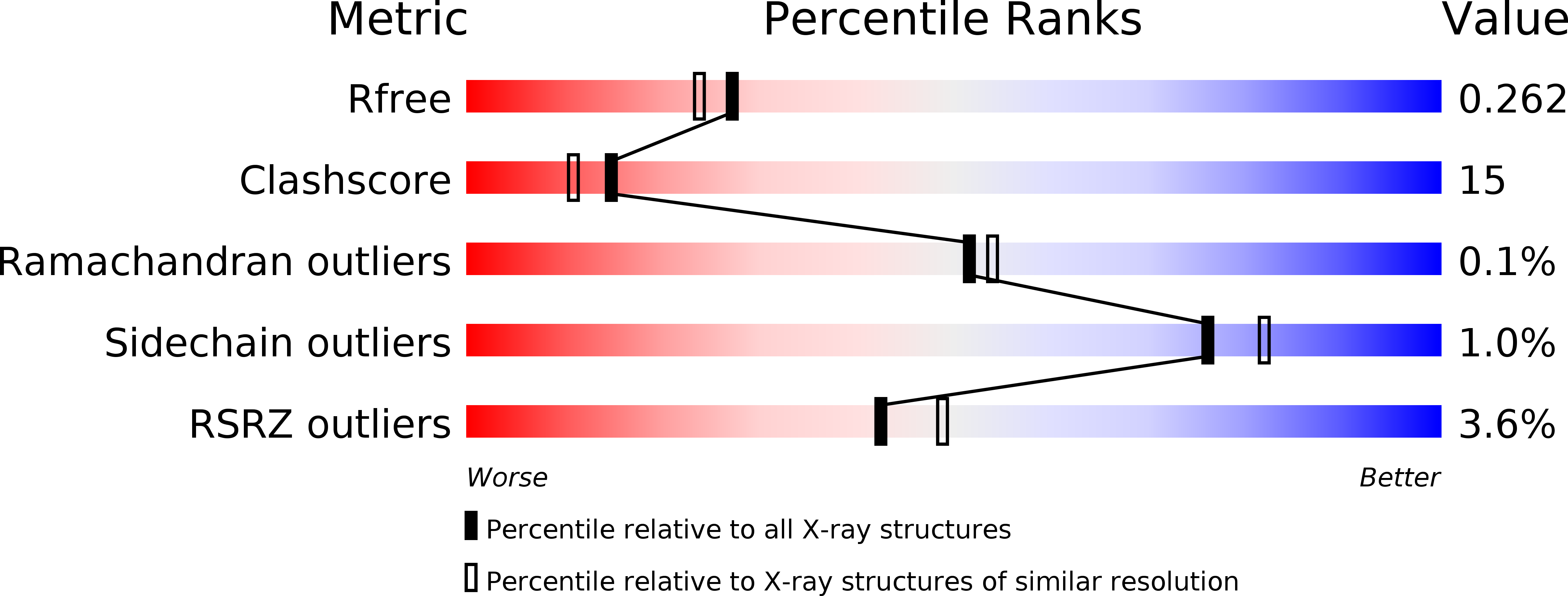
Deposition Date
2009-04-17
Release Date
2009-06-09
Last Version Date
2024-10-30
Entry Detail
PDB ID:
3H43
Keywords:
Title:
N-terminal domain of the proteasome-activating nucleotidase of Methanocaldococcus jannaschii
Biological Source:
Source Organism:
Methanocaldococcus jannaschii (Taxon ID: 2190)
Host Organism:
Method Details:
Experimental Method:
Resolution:
2.10 Å
R-Value Free:
0.26
R-Value Work:
0.21
R-Value Observed:
0.21
Space Group:
P 21 21 2


